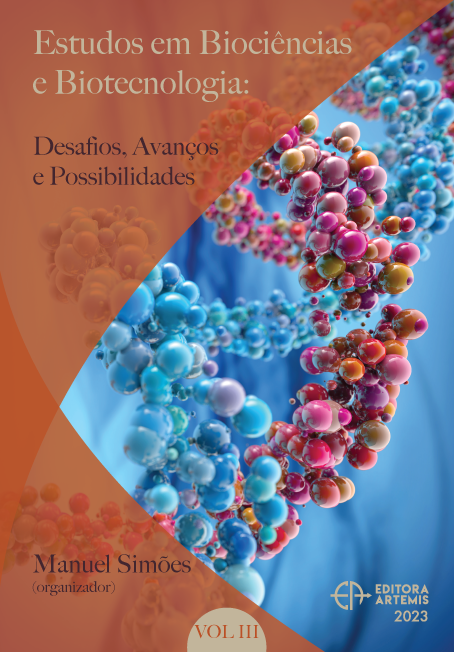
DIVERSIDAD MORFOLÓGICA Y GENÉTICA DEL AGUACATE CRIOLLO EN NUEVO LEÓN, MÉXICO
En el estado de Nuevo Léon, México, el aguacate se cultiva en huertos comerciales y de traspatio, predominando la utilización de uno o dos materiales, los cuales, se caracterizan por presentar un ciclo temprano de madurez fisiológica. Por lo tanto, su producción se concentra en un periodo de tiempo relativamente corto. El objetivo de este trabajo fue realizar estudios sobre la caracterización morfológica y genética de materiales de aguacate criollo del Estado de Nuevo León, México. Se colectaron 27 materiales en los municipios de Aramberri y Zaragoza ubicados en la región sur y 16 en los municipios de Sabinas Hidalgo y Bustamante, ubicados en la región norte. En la caracterización morfológica las variables evaluadas fueron el tamaño y forma de las hojas, así como el color, forma, madurez fisiológica y vida de anaquel de los frutos. La caracterización genética se realizó mediante la técnica del DNA Polimórfico Amplificado al Azar (RAPD´s). Los materiales de aguacate criollos evaluados, presentaron características morfológicas de fruto sobresalientes y se integraron en tres grupos contrastantes de acuerdo a su período de madurez fisiológica, lo cual representa una alternativa para los productores de poder diversificar la producción de aguacate criollo al menos a nivel estatal o regional, ya que algunos materiales cumplen las expectativas de manejo y de los requerimientos del mercado estatal. Además, la diversidad genética detectada entre los materiales fue elevada (84 %), lo que permite inferir que hay variabilidad suficiente en el germoplasma de aguacate evaluado para la generación de nuevas variedades con características de interés comercial.
DIVERSIDAD MORFOLÓGICA Y GENÉTICA DEL AGUACATE CRIOLLO EN NUEVO LEÓN, MÉXICO
-
DOI: 10.37572/EdArt_3011231091
-
Palavras-chave: Aguacate criollo, caracterización morfológica y genética
-
Keywords: Creole avocado, morphological and genetic characterization
-
Abstract:
In the state of Nuevo Léon, Mexico, avocado is grown in commercial and backyard orchards, predominating the use of one or two materials, which are characterized by presenting an early cycle of physiological maturity. Therefore, its production is concentrated in a relatively short period of time. The objective of this work was to carry out studies on the morphological and genetic characterization of creole avocado materials from the State of Nuevo León, Mexico. Twenty-seven materials were collected in the municipalities of Aramberri and Zaragoza located in the southern region and 16 in the municipalities of Sabinas Hidalgo and Bustamante, located in the northern region. In the morphological characterization, the variables evaluated were the size and shape of the leaves, as well as the color, shape, physiological maturity and shelf life of the fruits. Genetic characterization was carried out using the Random Amplified Polymorphic DNA (RAPD) technique. The creole avocado materials evaluated presented outstanding morphological fruit characteristics and were integrated into three contrasting groups according to their period of physiological maturity, which represents an alternative for producers to diversify the production of creole avocado in the State of New León, Mexico, since some materials meet the handling expectations and the requirements of the state market. Furthermore, the genetic diversity detected among the materials was high (84 %), which allows us to infer that there is sufficient variability in the avocado germplasm evaluated for the generation of new varieties with characteristics of commercial interest.
-
Número de páginas: 15
- Isidro Humberto Almeyda León
- María Genoveva Álvarez Ojeda
- Víctor Pecina Quintero
- Efraín Acosta Díaz

